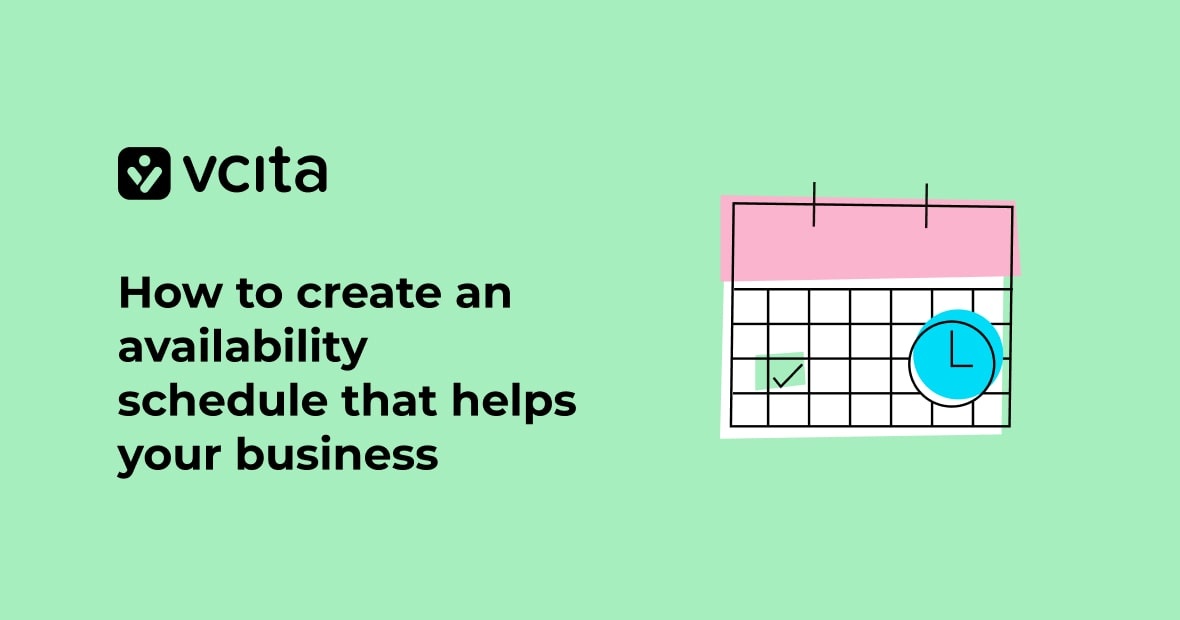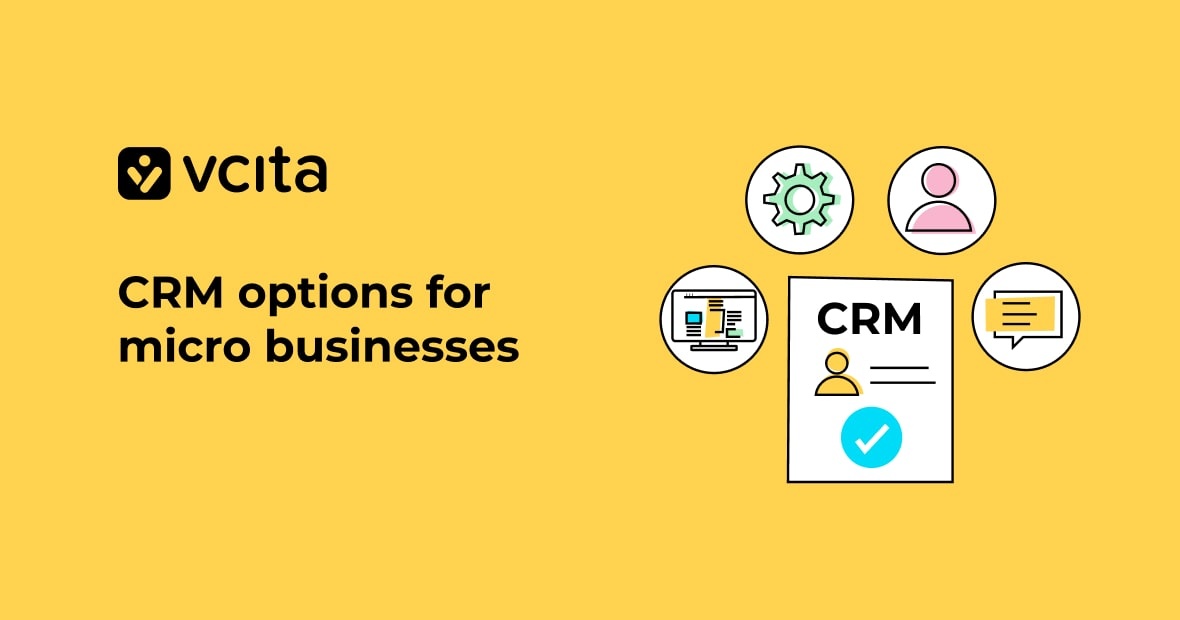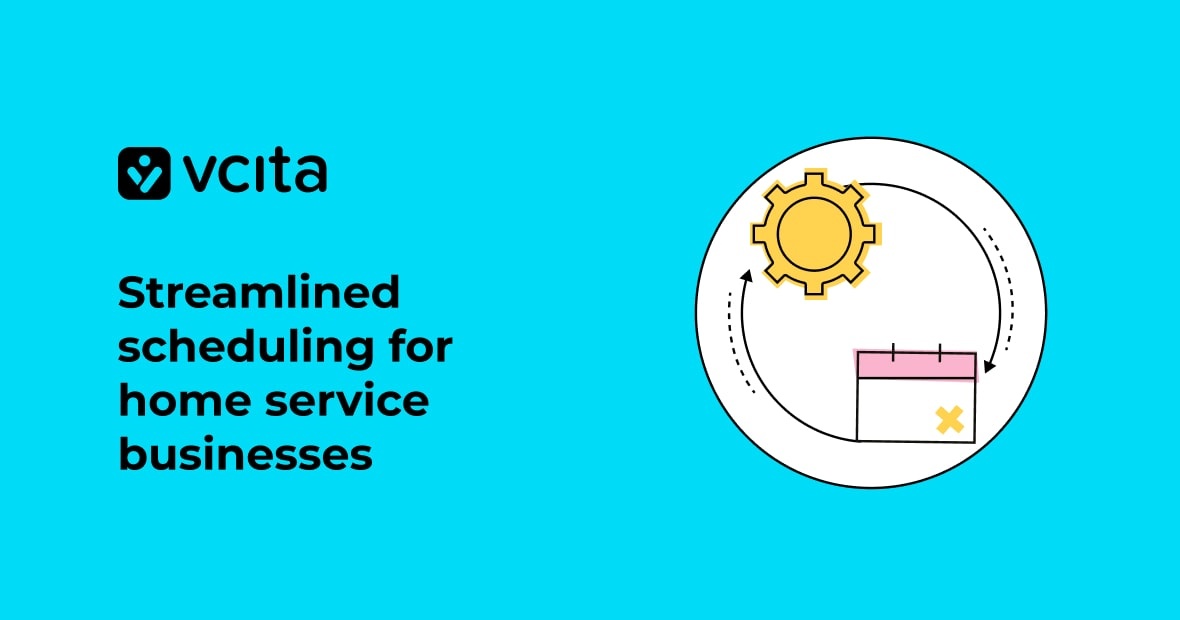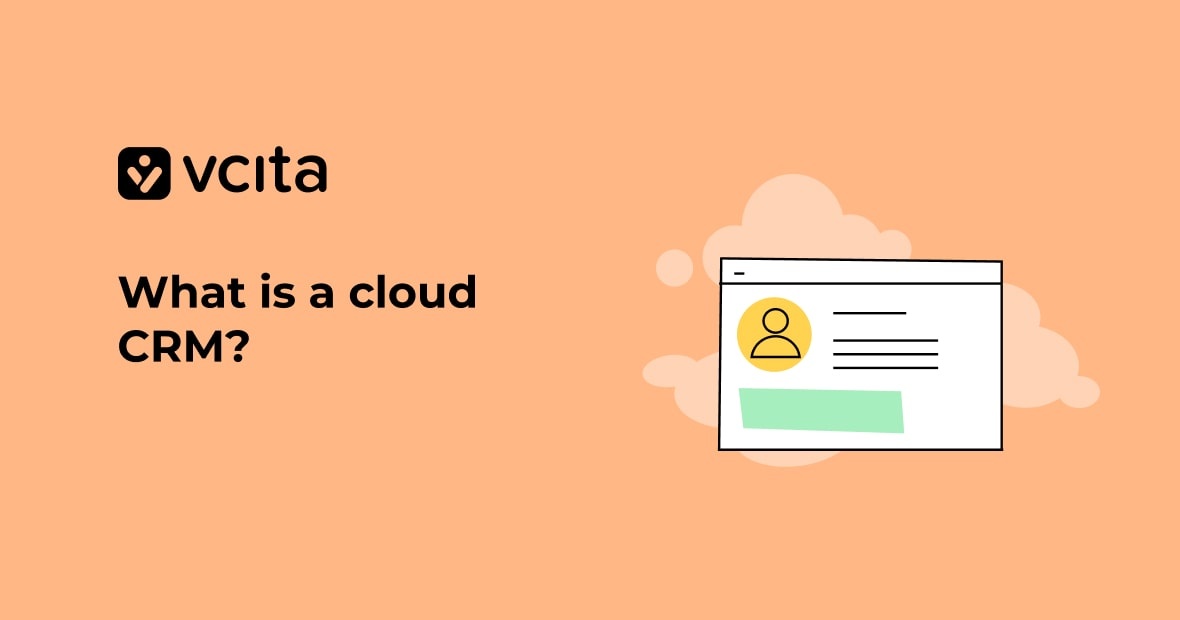Creating a streamlined availability schedule is essential for smooth business operations, better productivity, and improved client satisfaction. An effective schedule ensures you make the most of your resources while providing exceptional service.
Why you need an availability scheduling system
Managing availability manually is often inefficient and error-prone. Embracing scheduling software simplifies the process and delivers tangible benefits, such as:
- Enhanced client satisfaction: Clients appreciate being able to book appointments anytime, without phone calls or emails. For instance, a salon using scheduling software enables clients to book appointments online at their convenience, resulting in increased bookings and fewer missed calls.
- Optimized employee management: Automated systems clearly define when employees are working, helping avoid scheduling conflicts. A fitness center can use scheduling software to manage rotating class schedules, ensuring trainers are efficiently scheduled without overlapping sessions.
- Compliance with labor regulations: Scheduling software automatically tracks working hours and break times, ensuring adherence to labor laws. Restaurants can utilize software to automatically schedule mandatory employee breaks, thereby reducing compliance risks.
- Improved Productivity: Automating your schedule frees up management time previously spent organizing schedules. A healthcare clinic can use software to automate reminders, reducing administrative workload and allowing staff to focus more on patient care.
Step-by-step guide to creating an availability schedule
Follow these detailed steps to develop a robust and effective availability schedule:
Step 1: evaluate business requirements
Start by analyzing your business patterns:
- Identify peak operational hours.
- Note services offered and their respective durations.
- Understand staff availability and preferences.
Example: A dental practice identifies busiest hours (morning and late afternoon), typical duration for procedures (cleanings: 30 mins, fillings: 60 mins), and staff preferences (some hygienists prefer mornings, others afternoons).
Step 2: select the right scheduling tool
Choose software matching your business’s unique needs:
- Ensure compatibility with existing tools (CRM, payment systems).
- Check for intuitive interfaces and ease of client use.
Best Practice: For example, platforms like vcita offer integrations with various payment solutions and email marketing tools, simplifying your business processes and client interactions.
Step 3: define clear scheduling parameters
Set precise availability boundaries:
- Establish operational hours clearly.
- Define regular breaks and meeting buffers.
- Specify time-off policies and availability adjustments.
Example: A spa clearly outlines operational hours (9 AM–7 PM), 15-minute buffers between appointments for setup and cleaning, and mandatory breaks at lunch (12–1 PM).
Step 4: empower client access
Allow clients to self-manage appointments:
- Offer real-time schedule visibility.
- Enable online booking, rescheduling, and cancellations.
Best Practice: A counseling practice uses a client portal where clients easily book and manage their own sessions, significantly reducing administrative workload and improving client satisfaction.
Step 5: regularly monitor and adjust
Continuously refine your schedule:
- Analyze booking data regularly.
- Respond swiftly to changes in demand.
Example: An auto repair shop notices increased weekend demand and adjusts mechanics’ schedules accordingly, optimizing staffing levels and improving customer service.
Effective employee availability management
Efficiently managing employee schedules boosts overall morale and productivity. Here are best practices to ensure effective employee availability:
- Gather detailed employee preferences: Regularly survey staff about their availability to accommodate personal needs and enhance workplace satisfaction.
- Example: Retail stores collecting availability via online forms ensure accurate scheduling, leading to fewer conflicts and happier employees.
- Example: Retail stores collecting availability via online forms ensure accurate scheduling, leading to fewer conflicts and happier employees.
- Implement rotational scheduling: Rotate shifts equitably to distribute workloads fairly and prevent burnout.
- Best Practice: Restaurants use rotational scheduling to ensure each employee has equal access to high-tip shifts, promoting fairness and retention.
- Best Practice: Restaurants use rotational scheduling to ensure each employee has equal access to high-tip shifts, promoting fairness and retention.
- Communicate schedules early: Share schedules well in advance, enabling employees to plan personal activities.
- Example: Publishing weekly schedules at least one week in advance reduces last-minute conflicts, improving attendance reliability.
- Example: Publishing weekly schedules at least one week in advance reduces last-minute conflicts, improving attendance reliability.
- Leverage scheduling software features: Use built-in features like shift swapping and time-off requests to provide flexibility.
- Best Practice: Hotels allowing shift swapping via an app see reduced absenteeism, improved staff satisfaction, and smoother operations.
- Best Practice: Hotels allowing shift swapping via an app see reduced absenteeism, improved staff satisfaction, and smoother operations.
Leveraging scheduling software features
Scheduling software provides powerful features that enhance operational efficiency and client experience:
- Automated appointment reminders: Send automated text or email reminders to reduce no-shows.
- Example: Dental offices sending automated reminders see a significant reduction in missed appointments.
- Example: Dental offices sending automated reminders see a significant reduction in missed appointments.
- Integrated payment options: Enable clients to pay during the booking process to streamline transactions.
- Best Practice: A massage therapist integrating payments with bookings reduces administrative work and improves cash flow.
- Best Practice: A massage therapist integrating payments with bookings reduces administrative work and improves cash flow.
- Customizable client portals: Offer a personalized space for clients to manage their appointments and information.
- Example: Fitness studios providing client portals report increased engagement and repeat bookings.
- Example: Fitness studios providing client portals report increased engagement and repeat bookings.
- Analytics for insight: Analyze scheduling patterns to improve operations.
- Best Practice: A tutoring center analyzing booking data discovers peak hours and adjusts tutor availability to maximize bookings.
- Best Practice: A tutoring center analyzing booking data discovers peak hours and adjusts tutor availability to maximize bookings.
Conclusion
Creating an effective availability schedule is vital for operational efficiency and customer satisfaction. Utilizing scheduling software, clearly defining your parameters, regularly reviewing your schedule, and effectively managing employee availability are key to success. By embracing these strategies, your business will be well-equipped to provide exceptional service and ensure continuous growth.




























